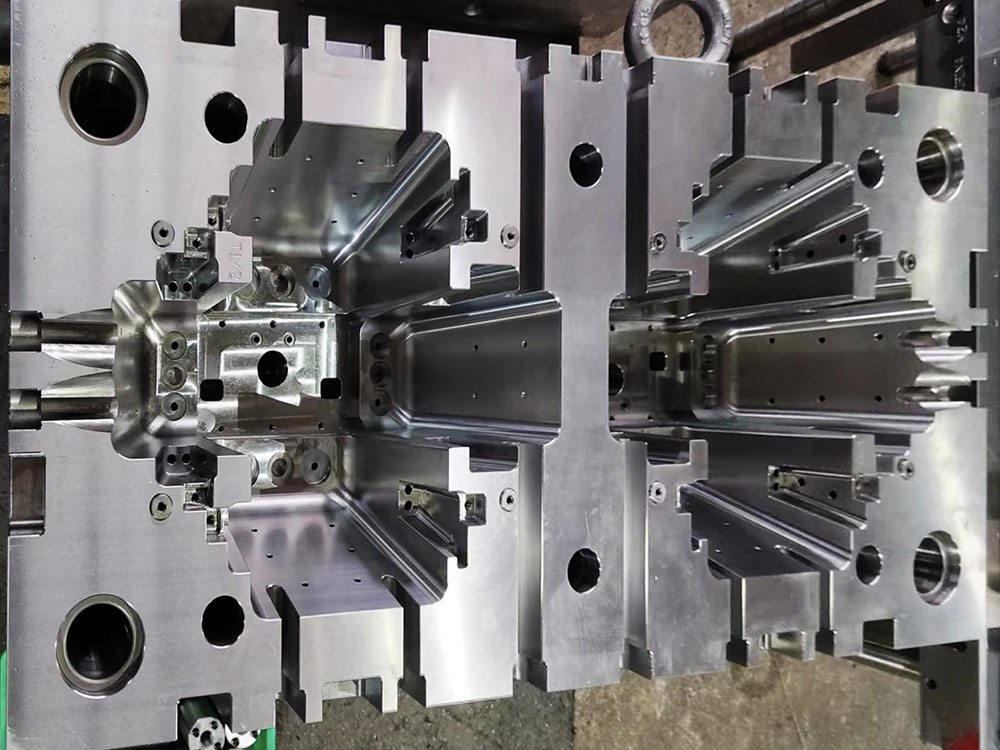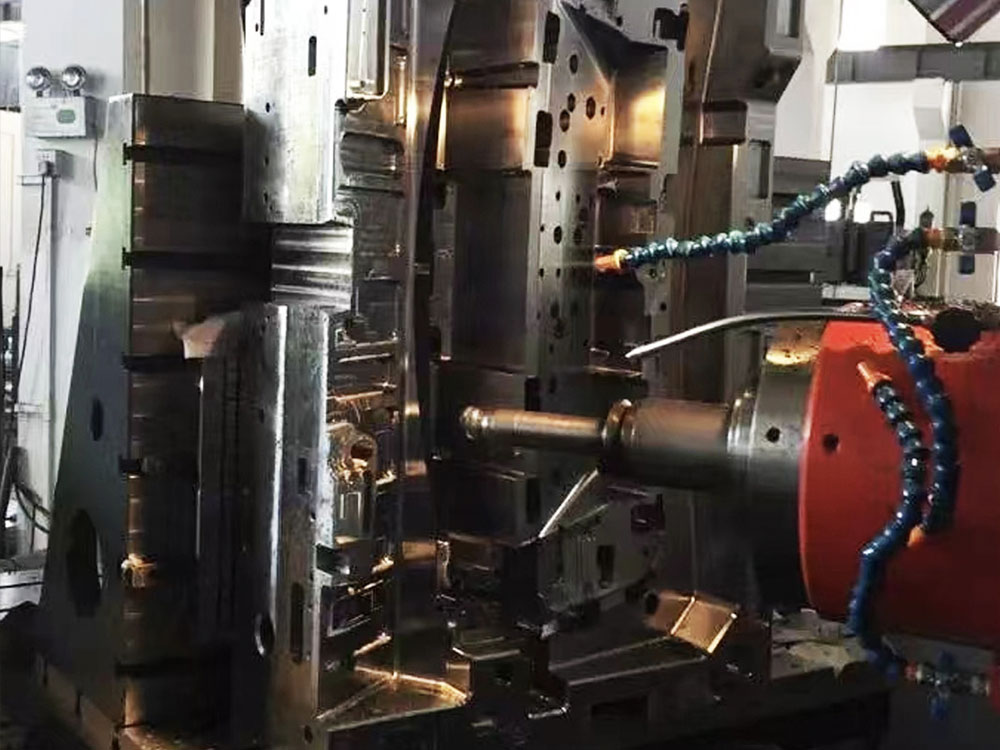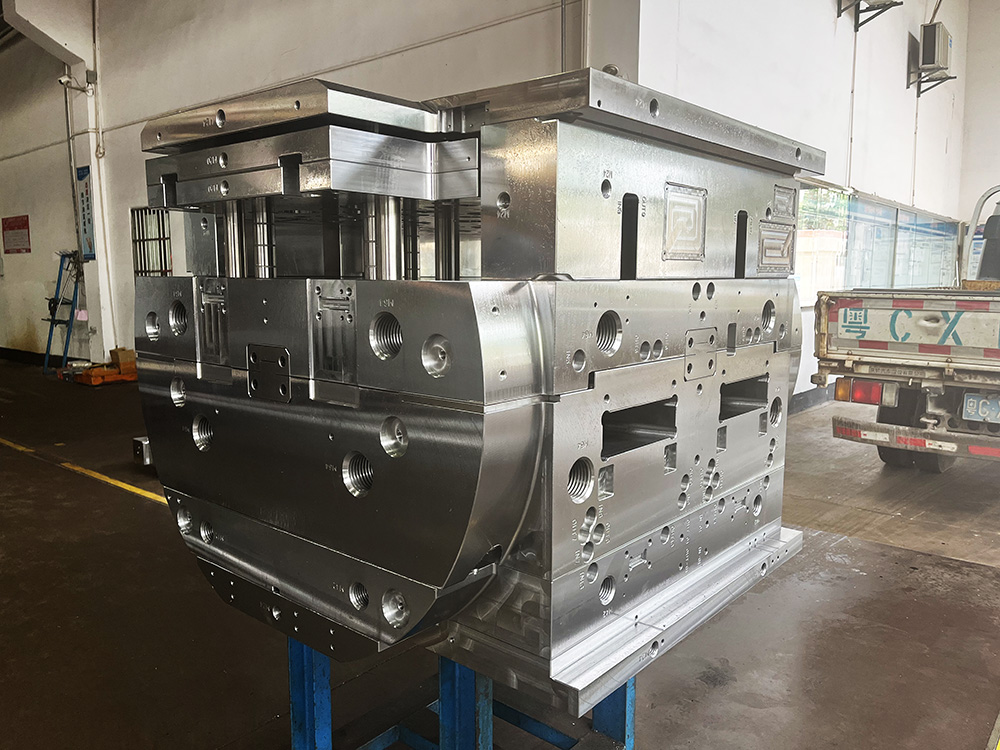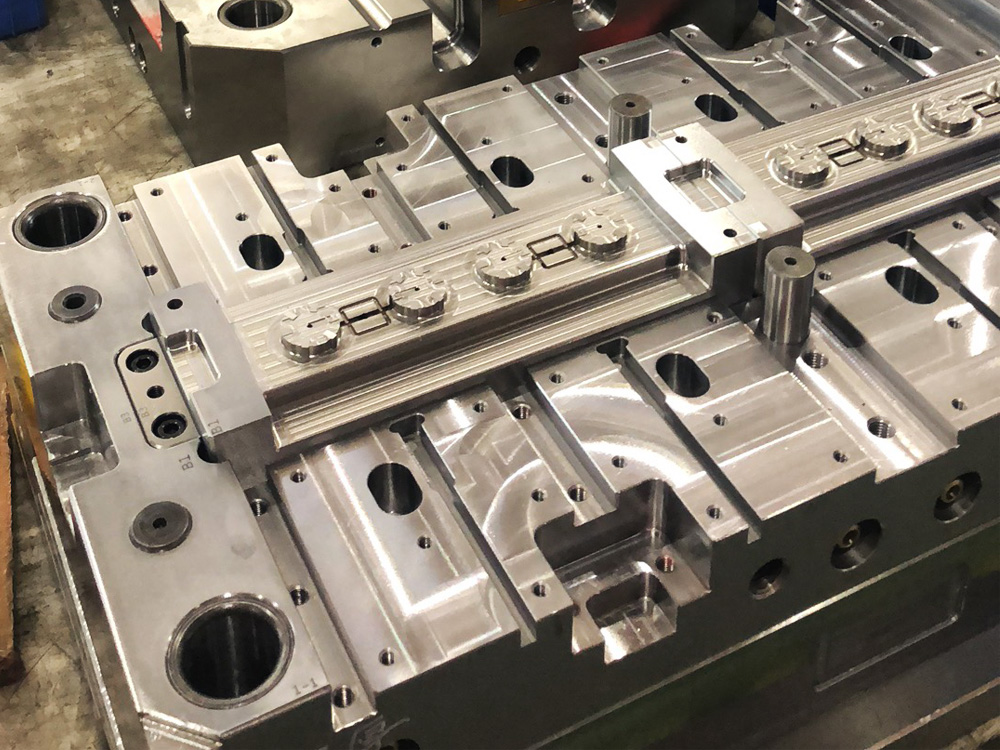What to do when the mounting hole of a module is broken
In the Mold Base industry, it is not uncommon to encounter a situation where the mounting hole of a module is broken. This can be a frustrating setback, but with the right approach and knowledge, it can be overcome. In this article, we will discuss the steps to take when faced with a broken mounting hole, ensuring a professional and effective solution.
Step 1: Assess the extent of the damage
The first step in dealing with a broken mounting hole is to assess the extent of the damage. Is it a minor crack or a complete break? This will determine the level of repair required and the approach to be taken. Use appropriate tools to carefully examine the module and evaluate the damage.
Step 2: Determine the cause of the break
Understanding why the mounting hole broke is crucial in preventing future occurrences. Possible causes can include excessive force during installation, poor material quality, or design flaws. Analyze the circumstances and identify the root cause to avoid repeated failures.
Step 3: Repair options
Depending on the severity of the break, there are several repair options available:
- Thread repair inserts: If the mounting hole has stripped or the threads are damaged, threaded inserts can be used to restore it. These inserts provide a strong and reliable thread interface, ensuring a secure module installation. Select the appropriate insert type and size for a proper fit.
- Welding or brazing: If the break is a complete fracture, welding or brazing can be considered. This method requires professional expertise and should be performed by experienced welders. It is essential to match the material composition of the module for a successful repair.
- Reinforcement plates or brackets: For cases where the module cannot be directly repaired, the use of reinforcement plates or brackets can provide additional support. These can be custom-made or purchased as standard components.
Step 4: Implement the chosen repair method
Once the repair option has been selected, carefully follow the necessary steps to implement it. Ensure that the repair process is carried out accurately, adhering to best practices and industry standards. Take the time to verify the integrity of the repair before proceeding further.
Step 5: Test the repaired module
After the repair is complete, it is crucial to test the module to ensure its functionality and durability have been restored. Conduct thorough tests and inspections to verify that the repaired mounting hole can withstand the required loads and stress. This will provide confidence in the repair and ensure the module performs optimally in its intended application.
Step 6: Document and learn from the experience
Lastly, it is important to document the entire repair process, including all the steps taken and any lessons learned. This documentation will serve as a valuable reference for future repairs and contribute to continuous improvement in the Mold Base industry. Share this knowledge within the organization to prevent similar incidents and enhance overall professionalism.
In conclusion, a broken mounting hole in a module can pose a challenge in the Mold Base industry. However, by following a systematic and professional approach, it is possible to overcome this setback. Accurately assess the damage, determine the cause, choose the appropriate repair method, implement it diligently, and thoroughly test the repaired module. By documenting the experience, lessons can be learned and shared, contributing to the advancement of the industry as a whole.




